Scotland boasts four distinctive seasons and a hiking vacation in each of these seasons promises many new and rewarding treats. Landscapes, as well as a wealth of flora and fauna, change from season to season, so you'll be delighted by all that you see in spring, summer, autumn and winter. Here we bring you a guide to hiking in each of the Scottish seasons, and some top tips to see Scottish wildlife.
Hiking in Scotland in Spring
 Bluebells carpet the hiking trails in spring.
Bluebells carpet the hiking trails in spring.
For hikers who prefer milder temperatures yet good chances of sunny days, spring is a great time to head to Scotland. In recent years, springtime has boasted some of the UK’s best weather and Scotland in spring is hard to beat. However, you should come prepared for some days of rain. The rain is seen as a good thing for flowers and plants that bloom in spring - it’s just a case of dressing according to the weather. The UK is also famed for its April showers so waterproof jackets, trousers, and boots are essential for hiking vacations in spring. Spring scenery boasts lots of shades of green and is dotted with amazing colors. At this time of year the trees and flowers burst into bloom after winter, with such treats as bright yellow daffodils and dazzling displays of bluebells. You might even see the first pretty buds of May blossom on cherry trees. Wildlife is quick to take advantage of warmer days. You might even see ospreys returning from southern climes to reclaim their nest sites on pines and pylons in the Highlands and Scottish Borders. You can sometimes hear the sounds of the elusive capercaillie as they proudly proclaim their status to females in Scotland's ancient Caledonian forests. Salmon also make their way upstream to spawn in spring, especially in the rivers Tweed, Tay, and Spey. Seabirds come to Scotland in spring to breed. Gannets, fulmars, and shags, for example, head to places such as Noss in Shetland, St Kilda and the Bass Rock in East Lothian. Another popular breeding ground is the machair of the Outer Hebrides. This low, fertile land attracts thousands of breeding wading birds, especially lapwing.
Hiking in Scotland in Summer

Believe it or not, this photo was taken around 10 pm.
Summer usually boasts higher temperatures but for people who are used to warmer climates, there are very few days in the calendar year when the heat is deemed oppressive in Scotland, which is perfect for a hiking tour. Summer can still bring some days of rain though, so you should be prepared for wet weather as well as warm weather. Pack waterproof clothing for days when it rains, and shorts and t-shirts (as well as sunscreen) for days when the sun shines. One of the things that people love about Scotland is the ever-changing weather forecast. Summer in Scotland is a time of bright colors, fabulous light and a landscape that truly comes to life. Scotland’s many trees and plants offer their full growth of foliage and flowers. Wildflowers dot the landscape and hikers are often amazed by how many different natural species they can spot. In July, many seabird colonies are still making themselves seen and heard. Puffins, for example, can be spotted zipping to and from their burrows with mouthfuls of sand eels. This is the best time to spot cetaceans of all shapes and sizes. The Moray Firth's bottlenose dolphins offer fine displays, while their white-beaked and white-sided cousins often surface around the Hebridean islands. The west coast is also a fantastic place to spot whales. In Speyside and Perthshire, summer is the season for red squirrel litters and osprey chicks. In the Highland valleys, red deer will be calving and, in late summer, stags shed their velvet as their new antlers finish growing. Oh, and have you heard about the midges? These small insects are a favorite topic of conversation in summertime Scotland. However, it’s worth remembering that they don’t bother you if it is raining, breezy, bright and sunny (or if you are moving faster than 2mph, which most hikers do!) And since you will be staying in B&Bs and hotels on our hiking tours, you will not have to worry about midges in the early evening (which is their favorite time to come out for a spot of socializing).
Hiking in Scotland in Fall

Fall in Scotland
In Fall, cooler temperatures bring the promise of frequent blue-sky days, crisp conditions underfoot and spectacular reds, oranges and yellows of foliage as it changes from summer green to its fall palette. The stunning colors only add to the beauty of the Scottish glens, and with snow dusting the highest tops the landscape is a delight for hikers. Fall is also when the purple glow of mountain heather can be best seen. The landscapes of fall are often some of the most colorful and picturesque seen in the entire year. It is important o be prepared for colder days and some rain, although fall is traditionally a drier season. Bring waterproof clothing and lots of layers for extra warmth, especially if you are not used to temperatures that sometimes hover just above freezing. While temperatures drop in fall, this is still a time for lots of wildlife action. Highland stags take part in their annual rut, with their often violent ritual defined by echoing roars and the clatter of antlers. The Solway coast of Dumfries & Galloway comes alive as the entire breeding population of some 25,000 barnacle geese from Spitsbergen descends on salt marshes and mud flats. Hundreds of Icelandic whooper swans and Siberian swans also appear. Other highlights include grey seals and their fur-coated pups at locations such as Oronsay and the Monach Isles, as well as the coastline east of Edinburgh.
Hiking in Scotland in Winter
 The classic Scottish photo of the Buchaille, dressed in white.
The classic Scottish photo of the Buchaille, dressed in white.
Scotland in winter is another dramatically stunning season. Less experienced hikers can still enjoy lower-level trails and waymarked routes across the country but with fabulous views of snowy mountains and icy waterways. Hikers should be prepared for a range of weather, from rain and snow to crisp and frosty days with fantastic high blue skies. Winter can be harsh for wildlife in Scotland and at higher levels, only the hardiest of species, such as the ptarmigan, survive. At lower levels, you will often see geese, swans and a huge variety of ducks going about their daily business. Winter is the time for courting ducks, and you might be lucky enough to catch this spectacle in January and February. In the Highlands, wildcats and red squirrels court more furtively in the glens and forests. Come February and you’ll see mountain hares start to lose their winter camouflage and grow new, lighter coats. This heralds the start of the spring season – and a time when hikers get back to the higher mountain trails again.





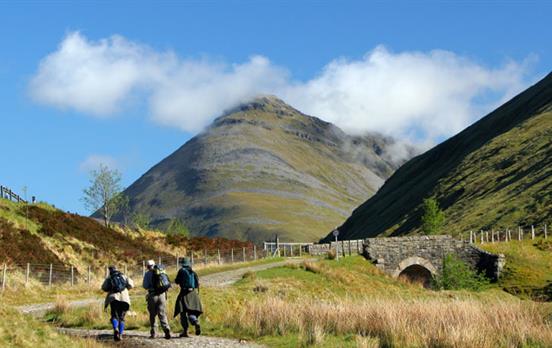









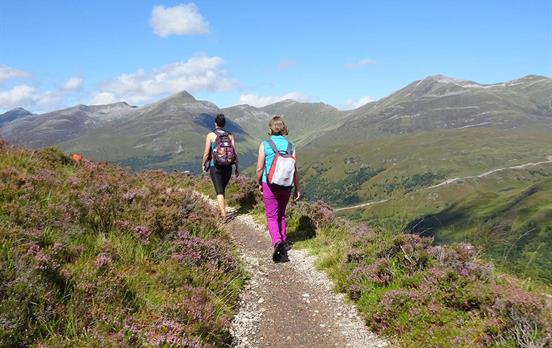
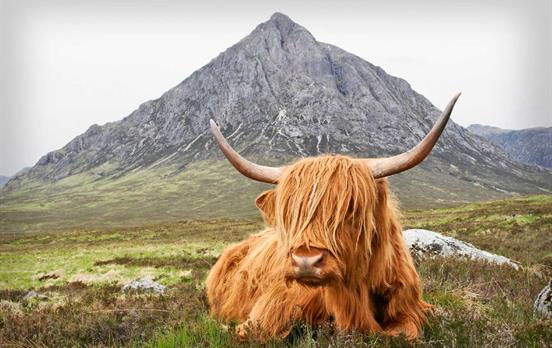
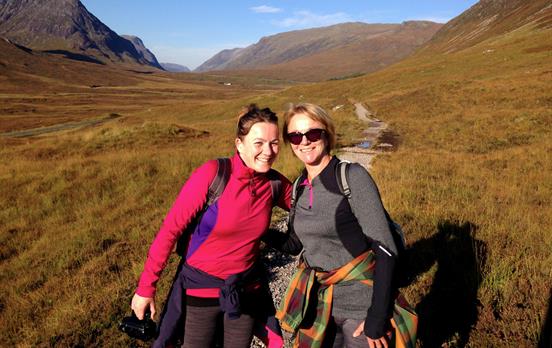
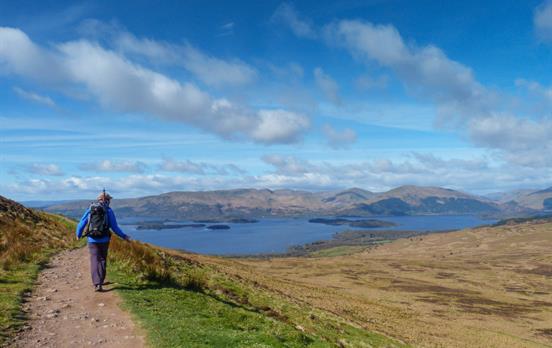
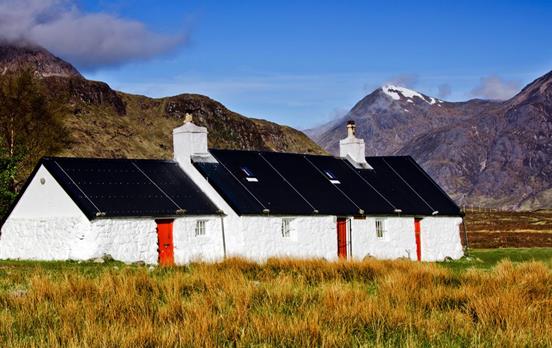

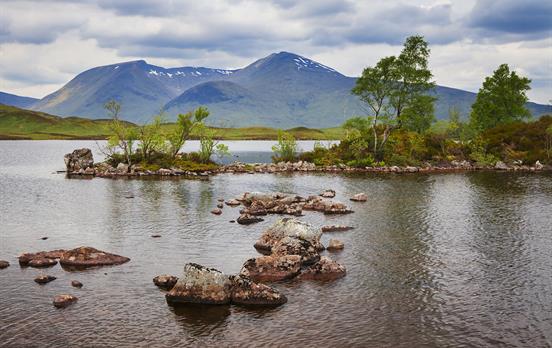


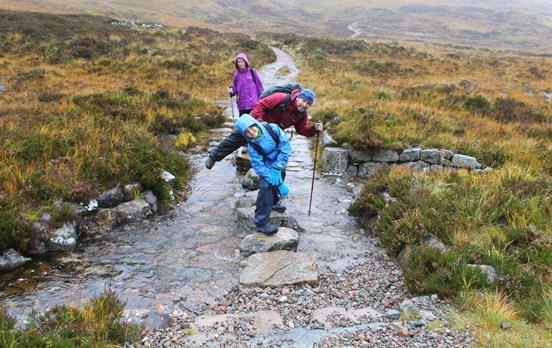
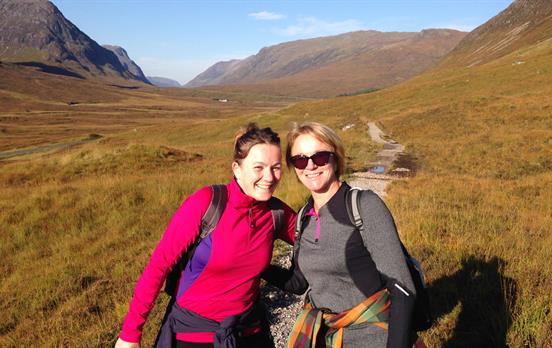
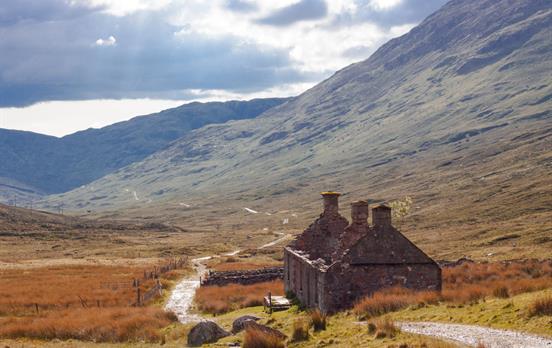
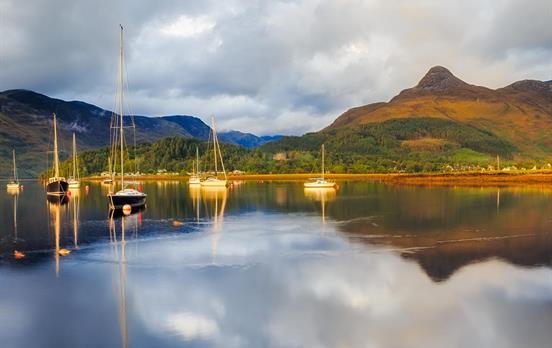
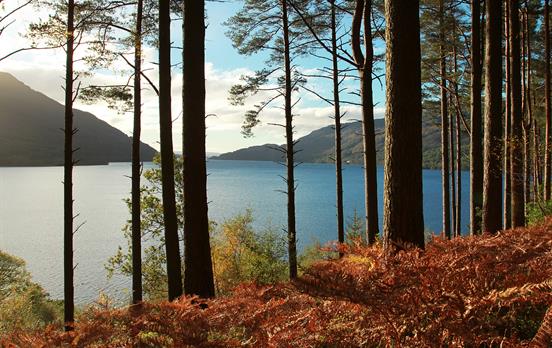

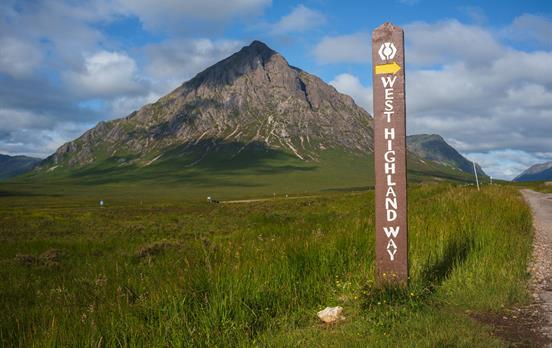
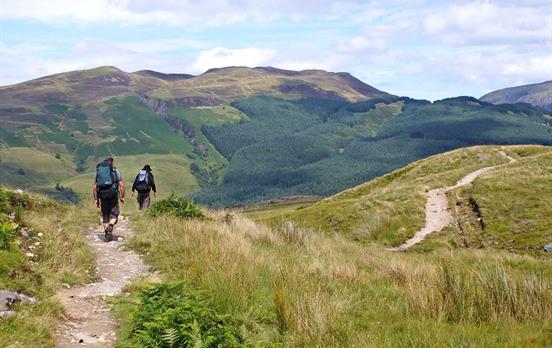
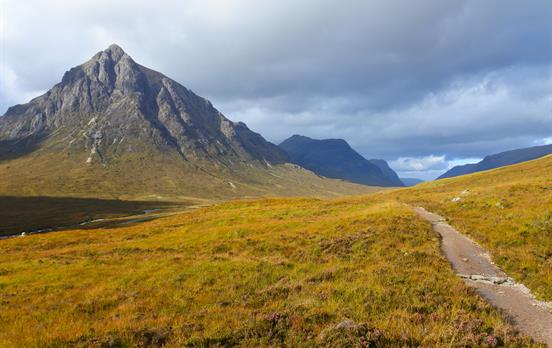
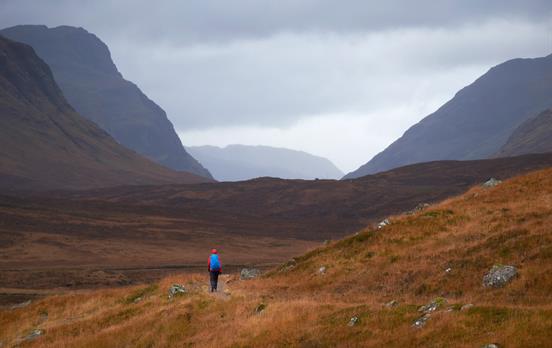

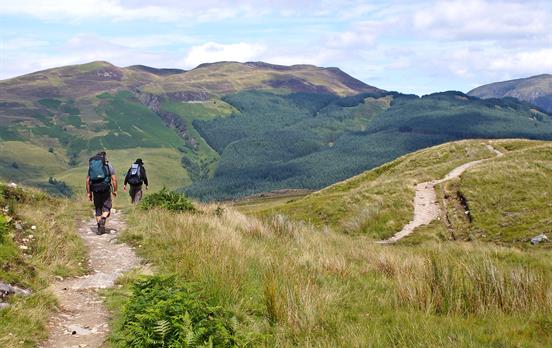
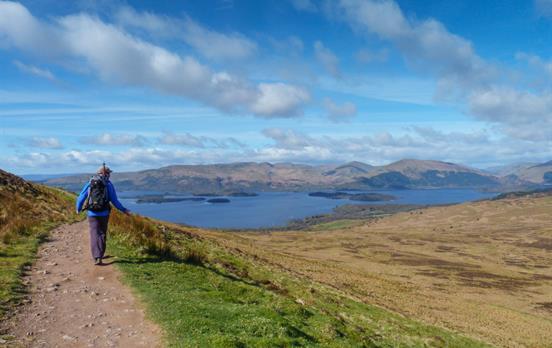
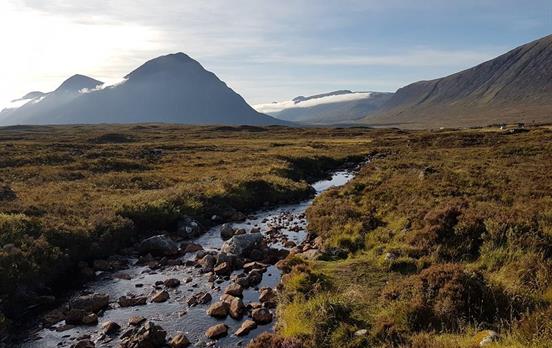

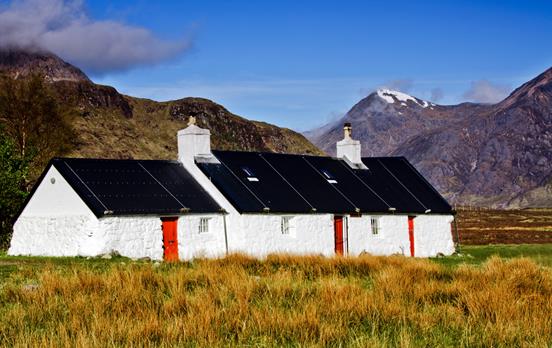

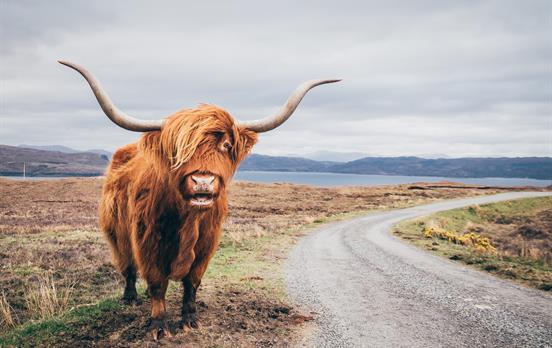

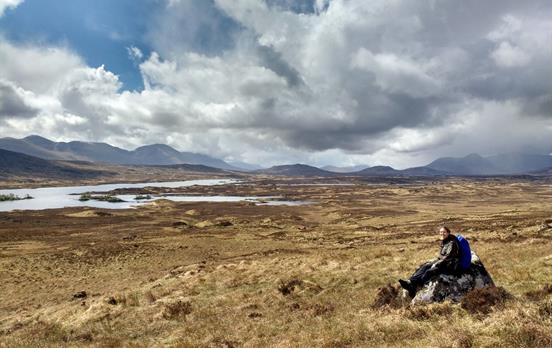
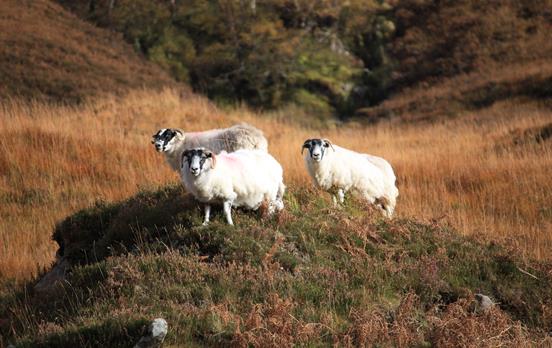
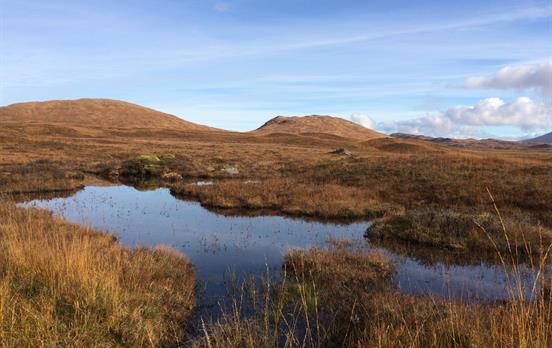
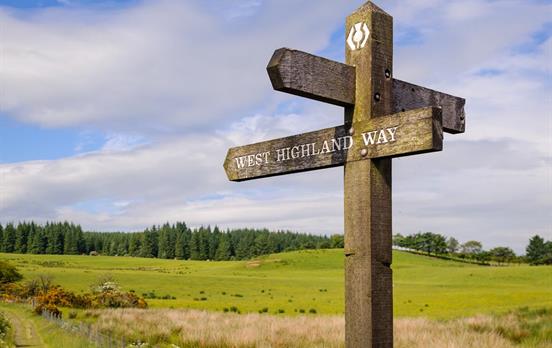
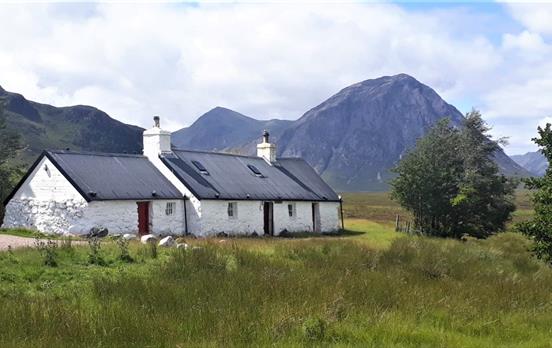
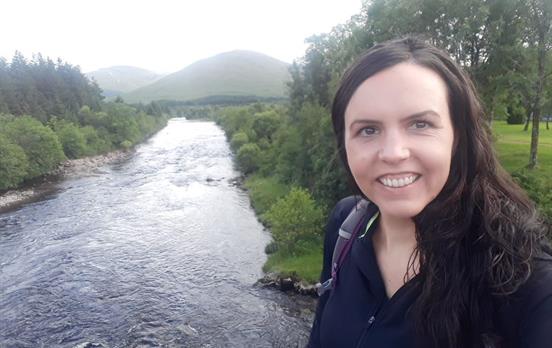
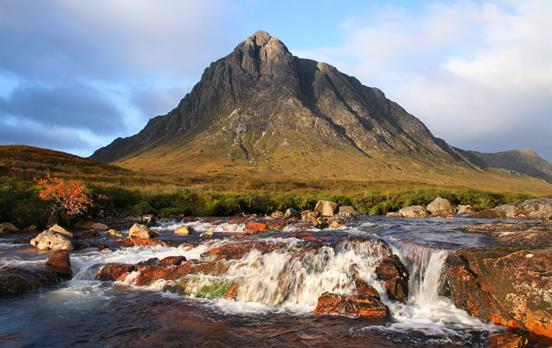
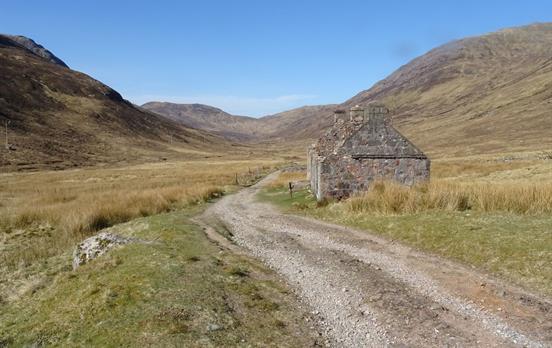


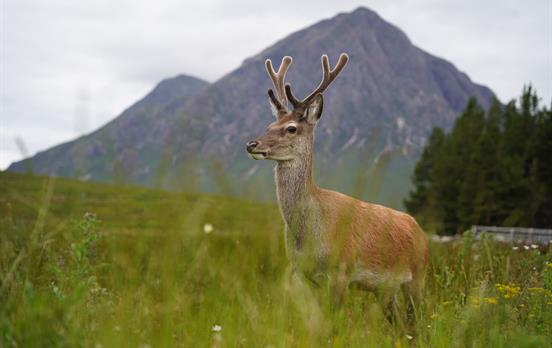
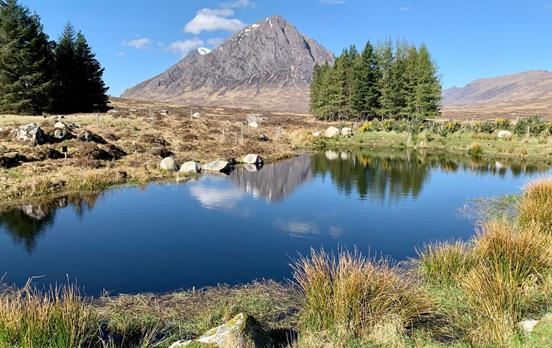
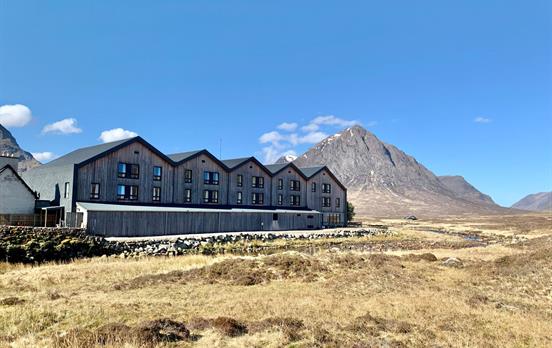
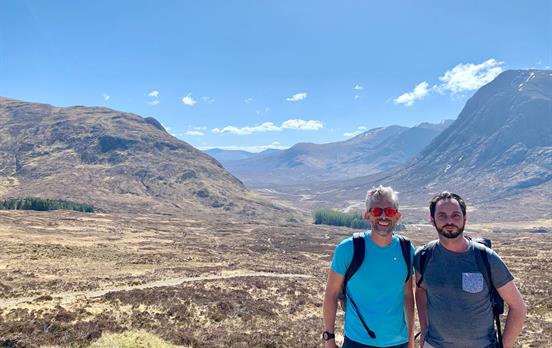

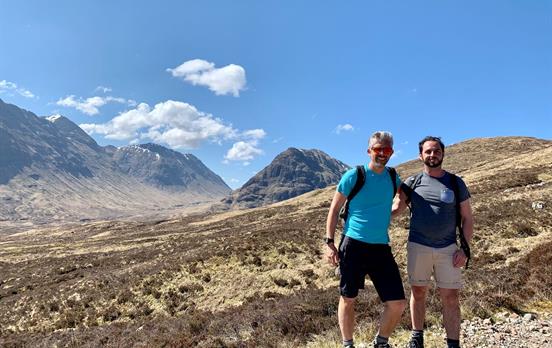
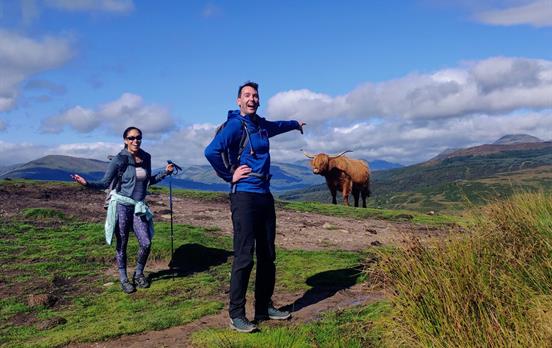

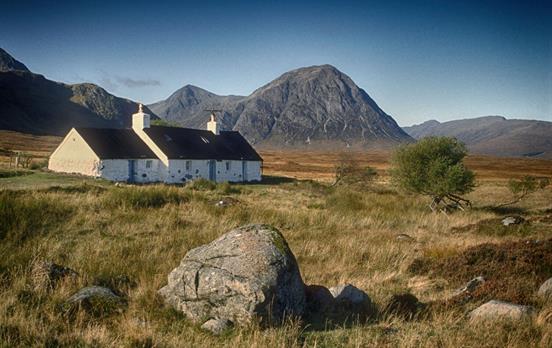

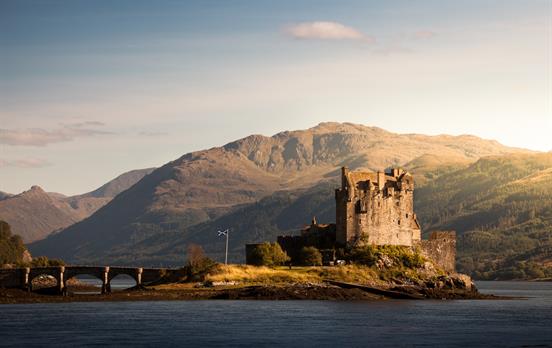






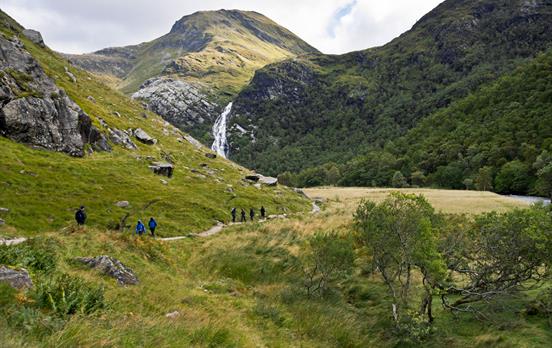
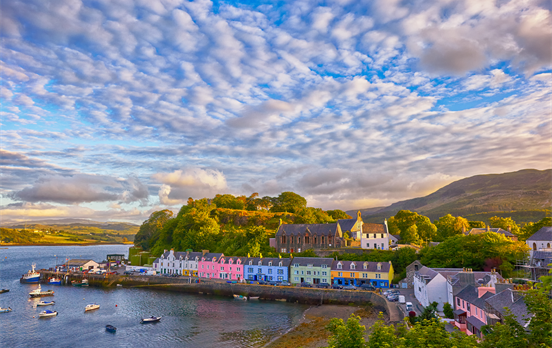



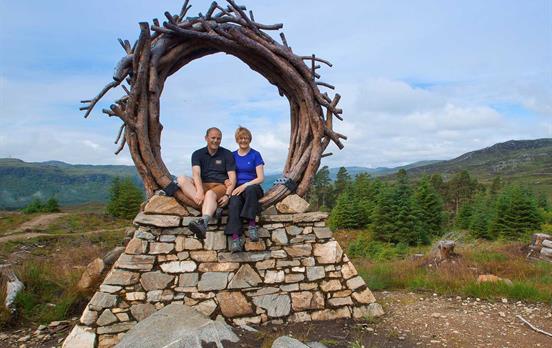
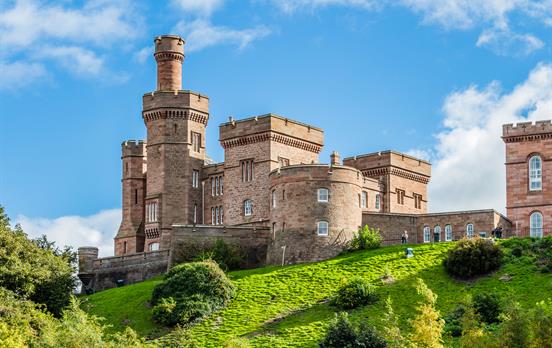



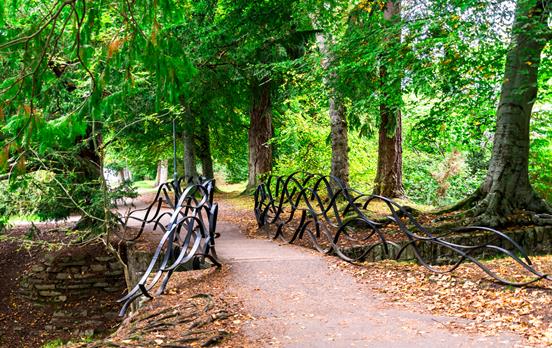

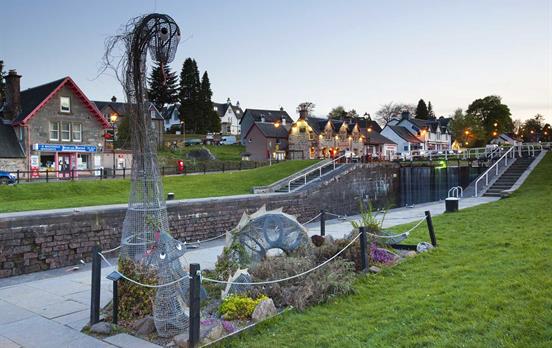


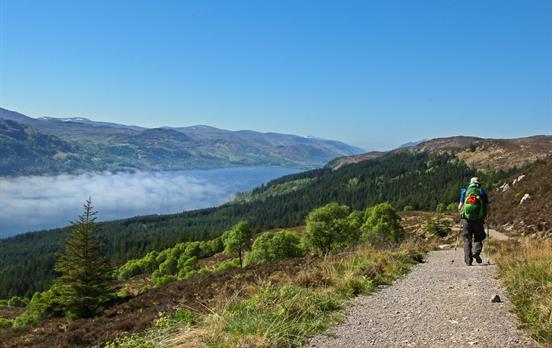

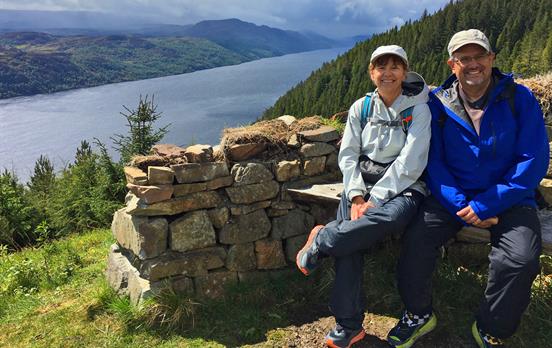




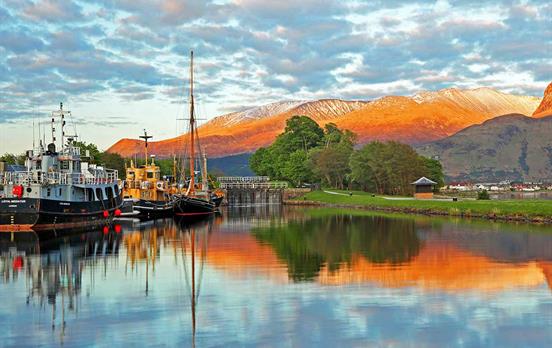





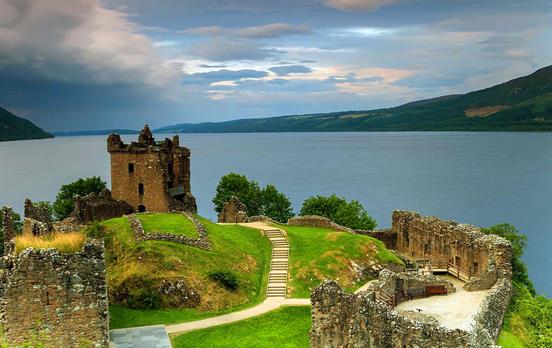




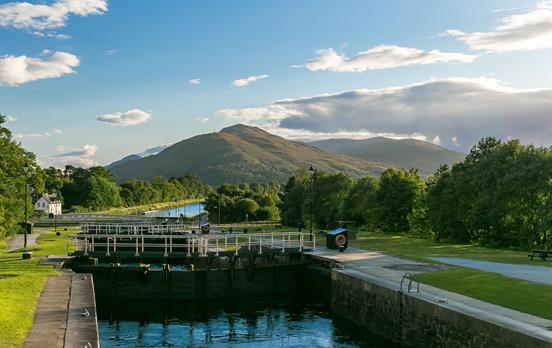

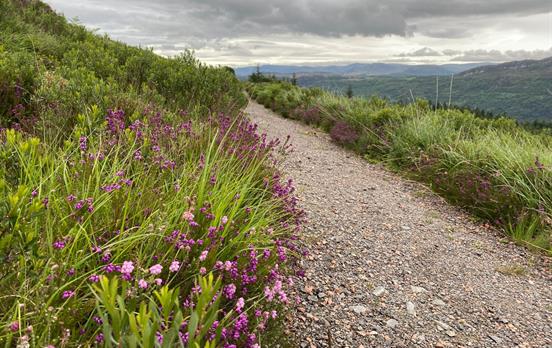





 Canada
Canada